News & Insights
Stay informed with Zetamotion’s News and Insights, where we share the latest trends, innovations, and breakthroughs in AI-powered quality control. From advancements in machine vision to manufacturing strategies, explore our in-depth articles and expert commentary designed to help your business thrive in the era of Industry 4.0.
From Industry 4.0 to Industry 5.0: The Future of Scalable, Human-Centric Manufacturing
As manufacturing transitions to Industry 5.0, Spectron™ solves automation and scalability challenges with AI-powered quality control, offering real-time adaptation, 99% accuracy, seamless integration, and cost-effective scaling without sacrificing performance.
Your Guide to AI-Powered Material Inspection: Frequently Asked Questions
Explore answers to common questions about Zetamotion’s AI-powered quality control, including material inspection, customization, and deployment. Discover how our solutions improve efficiency and scale with your business.
All articles
Our latest news and developments
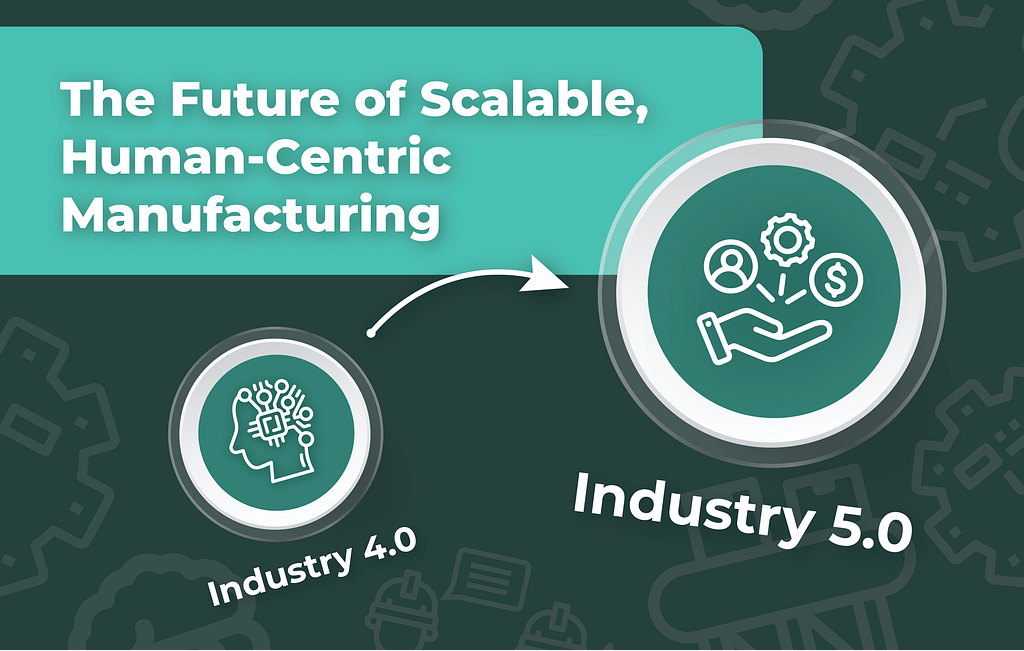
From Industry 4.0 to Industry 5.0: The Future of Scalable, Human-Centric Manufacturing
As manufacturing transitions to Industry 5.0, Spectron™ solves automation and scalability challenges with AI-powered quality control, offering real-time adaptation, 99% accuracy, seamless integration, and cost-effective scaling without sacrificing performance.
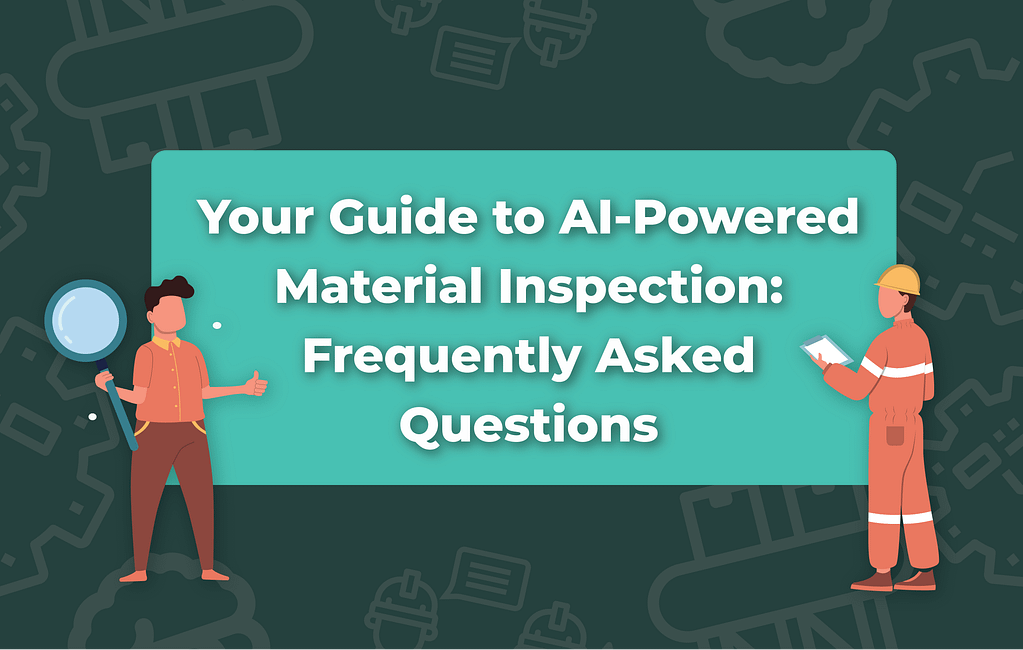
Your Guide to AI-Powered Material Inspection: Frequently Asked Questions
Explore answers to common questions about Zetamotion’s AI-powered quality control, including material inspection, customization, and deployment. Discover how our solutions improve efficiency and scale with your business.

Crafting a better tomorrow: Dr. Wilhelm Klein discusses ethics, AI, and the art of making
Dr. Wilhelm Klein, co-founder of Zetamotion, explores ethical AI in manufacturing. He highlights overcoming industry challenges and the future of sustainable practices through innovative AI integration.
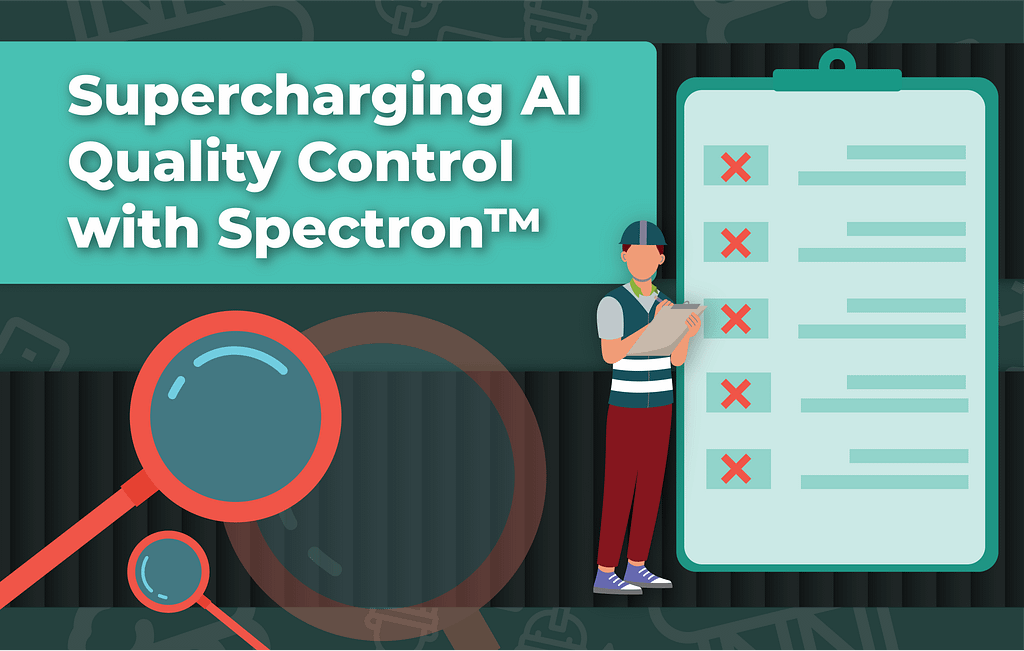
Supercharging AI Quality Control with Spectron™: Achieve 99.99% accuracy with seamless integration
We explore how Spectron™ by Zetamotion addresses key challenges in AI-powered quality control, offering 99.99% accuracy and easy integration into existing systems. Learn how Spectron™ improves efficiency, reduces costs, and tackles common issues like the last mile problem in manufacturing.

Exploring AI’s impact in manufacturing: Interview with industry expert Edward Krubasik
AI is transforming manufacturing by improving efficiency, quality, and sustainability. Prof. Dr. Edward Krubasik discusses its challenges, opportunities, and potential to revolutionize production and create economic value.
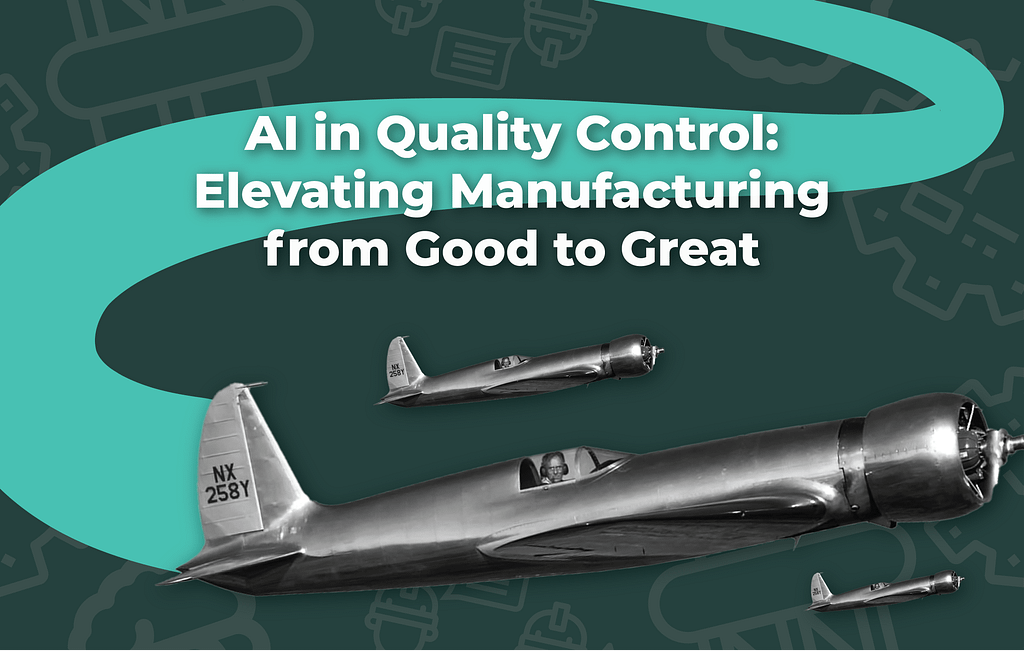
AI in Quality Control: Elevating Manufacturing from Good to Great
AI transforms quality control with enhanced precision and reliability. Zetamotion integrates advanced technology to elevate manufacturing quality from good to great, ensuring efficient and secure production.

Leading with innovation: How Ha Nguyen is shaping the future of Zetamotion
Ha Nguyen discusses her transition from Amazon to co-founding Zetamotion. She shares insights on overcoming challenges, achieving success, and driving innovation in the global tech industry.
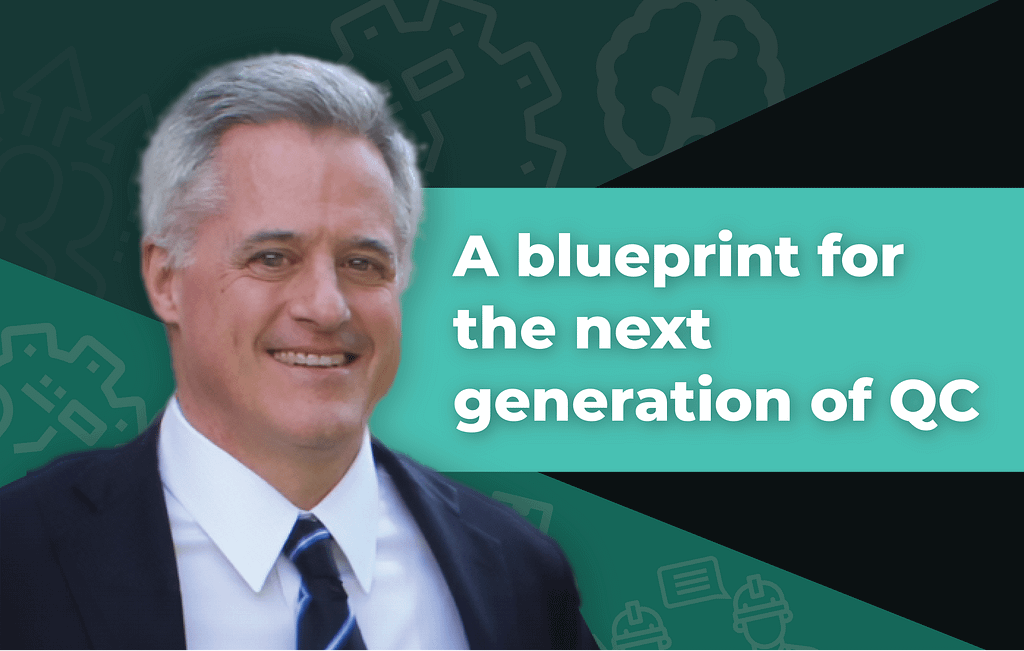
Navigating the future: A leader’s blueprint for the next generation of quality control
Burt Hurlock, Executive Chairman of Zetamotion, shares his expertise on leading teams, driving customer-centric innovation, and the future impact of AI in quality control within the tech industry.

Embracing the Future: The Evolution of Manufacturing and the Promise of AI in Quality Control
Discover the evolution of manufacturing from manual craftsmanship to AI-driven quality control. Learn how AI enhances efficiency and precision in modern manufacturing processes, setting new industry standards.